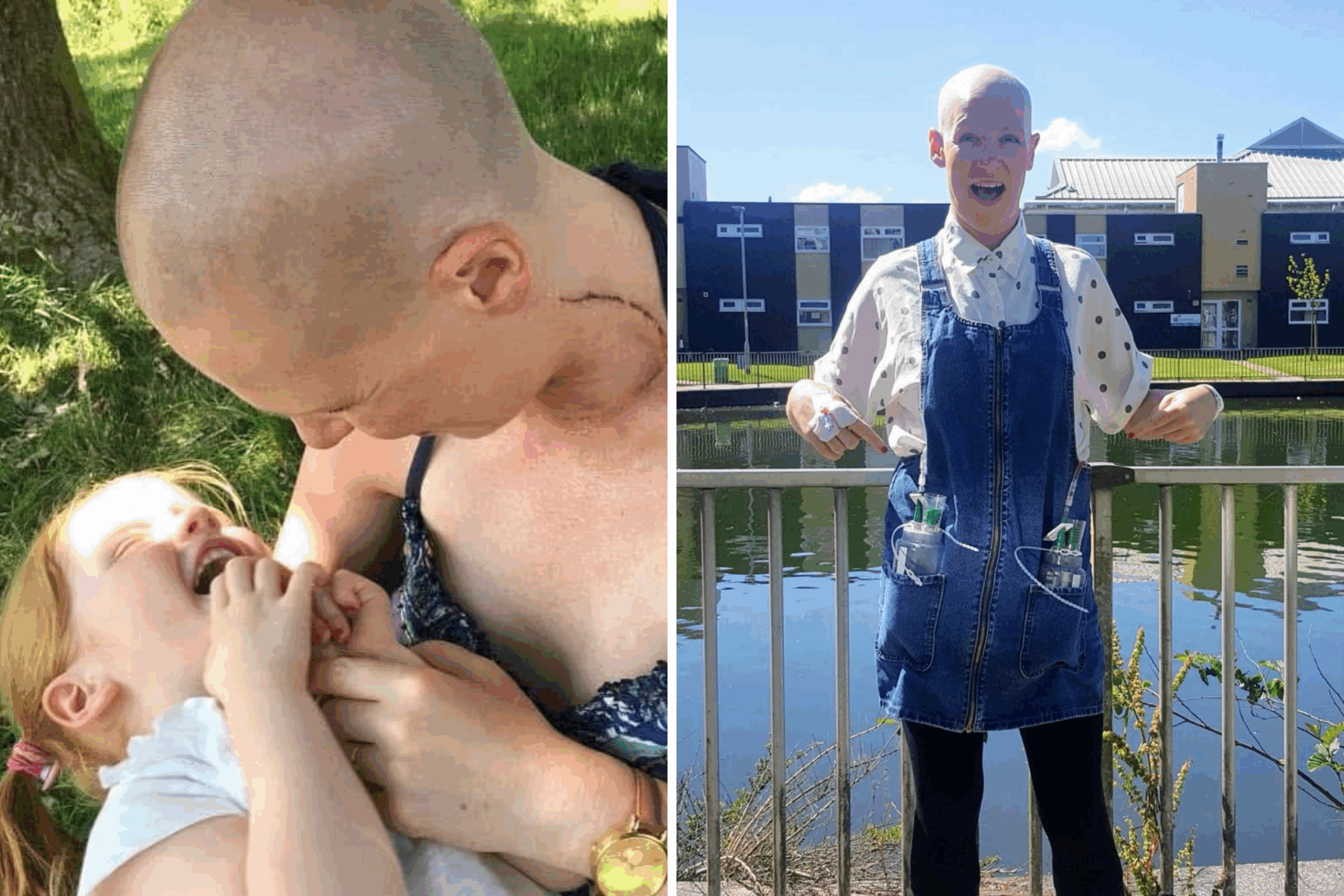In 2018, Roisín Pelan was diagnosed with stage 3C metastatic breast cancer and given a prognosis of just three years to live. Remarkably, seven years later, the 43-year-old mother from Lancashire, England, continues to defy the odds, consistently returning with clear scans. Pelan’s journey began when she discovered a lump in her breast during pregnancy, leading to an early labor and a mastectomy shortly after the birth of her daughter, Lily, who is now 11 years old.
The recurrence of her cancer began with pain in her breast area and a lump in her neck. “I knew it was back,” Pelan recalled in an interview. Following a diagnosis of metastatic breast cancer, which had spread to several lymph nodes, Pelan faced a grim outlook. “I didn’t have any hope in my heart,” she recounted, emphasizing the emotional toll of receiving such devastating news.
Understanding Survival Rates and Treatment Options
Pelan’s experience highlights the complexities of cancer treatment and survival statistics. According to data from Macmillan Cancer Support, approximately 55,000 women are diagnosed with breast cancer each year in the U.K. In the United States, breast cancer is the most common cancer among women, comprising about 30 percent of new female cancer cases, as reported by the American Cancer Society.
Dr. Daniel Landau, a board-certified expert in medical oncology, explained that survival rates are often based on clinical trial data which may not accurately reflect individual circumstances. He noted that trial participants often include older patients with additional health conditions that can impact survival rates unrelated to cancer. “No one is average,” he stated, emphasizing that outcomes vary based on individual health and advancements in treatment.
Pelan initially faced the option of palliative chemotherapy but opted instead for aggressive treatment, including surgery and multiple rounds of chemotherapy. Her persistence paid off; by September of the same year, she achieved a clear positron emission tomography (PET) scan, and she has maintained that status since.
A Journey of Hope and Advocacy
Despite her diagnosis, Pelan found ways to remain optimistic and proactive. After her cancer treatment, she and her husband, Michael, adopted a baby boy named Bill, now six years old. Pelan described him as “hilarious and a perfect boy,” highlighting the joy he has brought to their family.
In addition to her personal journey, Pelan established the charity Fighting to be Heard, which aims to raise awareness and provide support for individuals living with incurable secondary breast cancer. Her efforts extend beyond advocacy; she has also authored a children’s book and shared her experiences on social media, including a recent post that reflected on her daughter’s educational milestones.
“It’s impossible not to think back to those early days when I didn’t know if I’d get here,” Pelan remarked, illustrating her emotional journey and the significance of her continued fight against cancer.
Currently, Pelan is on long-term treatment, including the medication Palbociclib and hormone therapy. This ongoing treatment is preventive, intended to inhibit the growth of any microscopic cancer cells that may remain.
Through her resilience and advocacy, Roisín Pelan exemplifies hope and determination in the face of cancer. Her story serves as a reminder that the fight against breast cancer is ongoing and that survival is possible, even against the most daunting odds.
